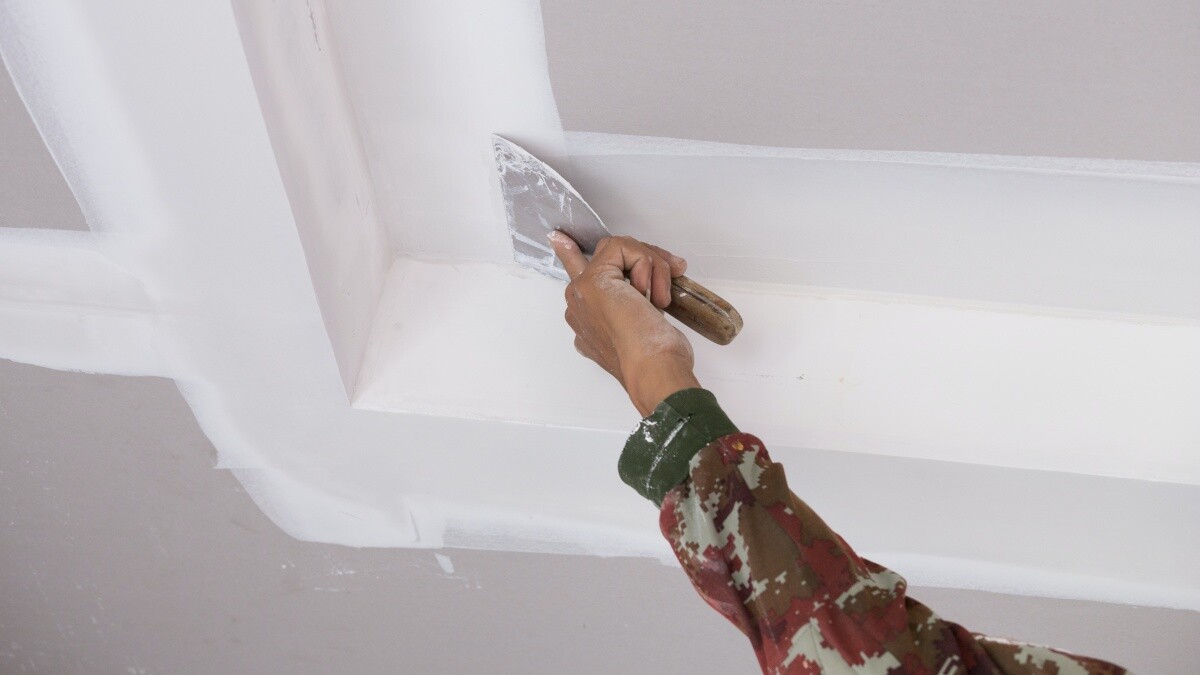Essential Tools and Strategies for Expert Plastering at Home
Essential Tools and Strategies for Expert Plastering at Home
Blog Article
Secret Tips and Tools for Successful Plastering in Your Home Renovation Endeavors
Attaining a flawless plaster surface in your home renovation jobs calls for a mix of the right tools and proven strategies. Recognizing the nuances of blending plaster and using it in slim layers can substantially influence the final result.
Necessary Smudging Tools
A plasterer's toolkit is basic to achieving a durable and smooth finish on ceilings and wall surfaces. The necessary devices encompass a variety of applies created to help with the gluing process efficiently and effectively. Key parts include a hawk, which is a flat, square tool utilized to hold the plaster while using it to surfaces. This device enables simple transport and application of the material.

Furthermore, a blending bucket is required for preparing plaster, guaranteeing the ideal uniformity prior to application. A gluing brush or sponge is useful for completing touches and smoothing out structures. Last but not least, security tools such as masks and handwear covers must be consisted of to secure the customer from dust and chemicals. With each other, these essential plastering devices make it possible for both professionals and do it yourself enthusiasts to achieve premium cause their smudging tasks.
Surface Preparation Methods
Appropriately preparing the surface prior to smudging is crucial for guaranteeing adhesion and attaining a perfect finish. The initial step involves cleaning the surface area to eliminate any type of dirt, grease, or old paint that may prevent the plaster's ability to bond properly. An extensive laundry with a suitable cleaning option is advised, complied with by permitting the surface and washing to dry completely.
Following, evaluate the surface for any blemishes or splits. These need to be loaded with an appropriate filler compound and allowed to treat according to the supplier's instructions. For porous surface areas, applying a primer is important to enhance and create a consistent structure adhesion.
Additionally, it is crucial to ensure that the surface area is steady and structurally audio. Any kind of loosened products, such as flaking paint or damaged drywall, should be repaired or eliminated. Take into consideration making use of a scrape coat to enhance grasp. if working with masonry surface areas.
Mixing Plaster Like a Pro

Making use of a clean mixing container, put the water first, this page then progressively include the plaster powder while mixing continuously. This method assists to stop clumping and makes certain an even distribution of products.
When blended, permit the plaster to rest for a few mins to enable the plaster crystals to hydrate totally. This resting duration boosts workability and reduces the risk of breaking throughout application. By following these actions, you can blend plaster like a pro, establishing the foundation for an effective plastering project in your home improvement undertakings.
Application Approaches for Smooth Finishes
With the plaster mix prepared to the suitable uniformity, the next step entails selecting appropriate application methods to achieve a smooth coating. The selection of application tools considerably influences the final look of the plastered surface area. For ideal results, a stainless steel trowel is generally advised. This tool enables a fine, also circulation of plaster throughout the surface while lessening trowel marks - Plastering.
Begin by using a generous amount of plaster to the surface utilizing the trowel, ensuring it adheres well. Once the preliminary layer is used, utilize a sweeping motion to smooth the surface area, applying even pressure.
For the final touches, a moist sponge can be utilized to fine-tune the surface area further. Lightly haze the plaster with water and delicately rub the surface to accomplish a refined impact. Always bear in mind to function in little areas to keep control over the application process, making certain a smooth, professional coating throughout your plastering project.
Common Errors to Avoid
When beginning on a smudging task, avoiding typical mistakes is vital for attaining a remarkable finish. One of the most prevalent mistakes is neglecting surface preparation. Falling short to clean and fix the substrate can result in inadequate attachment and uneven surface areas. Guarantee that all dirt, oil, and loosened products are eliminated before applying plaster.
An additional usual blunder is applying plaster too heavily. Thick layers can crack as they dry out, endangering the integrity of the surface. Rather, select multiple slim layers, allowing each great site layer to dry totally before resource applying the next.
In addition, bad blending methods can cause inconsistent structure and workability. Always comply with the producer's directions for blending proportions and thoroughly mix the plaster to attain an uniform consistency.

Timing additionally plays a vital duty; plaster must be used while the substrate is moist to boost adhesion. Premium trowels and drifts can make a considerable difference in accomplishing a smooth surface.
Conclusion
Effective plastering requires a comprehensive understanding of important devices and techniques. Mastery of these elements not just contributes to the aesthetic allure of a room yet also guarantees toughness and longevity in smudging projects, making them integral to successful home enhancement undertakings.
A float is another important tool, which helps in leveling the plaster and attaining an uniform surface.

By following these actions, you can mix plaster like a pro, setting the structure for an effective plastering project in your home renovation endeavors.
Lightly mist the plaster with water and delicately massage the surface to accomplish a sleek result.
Report this page